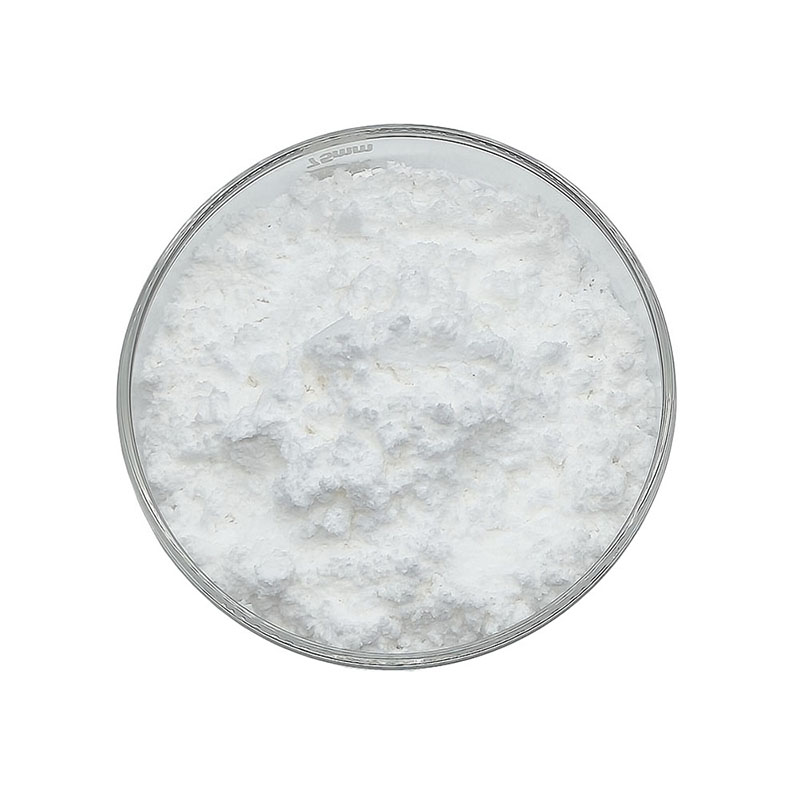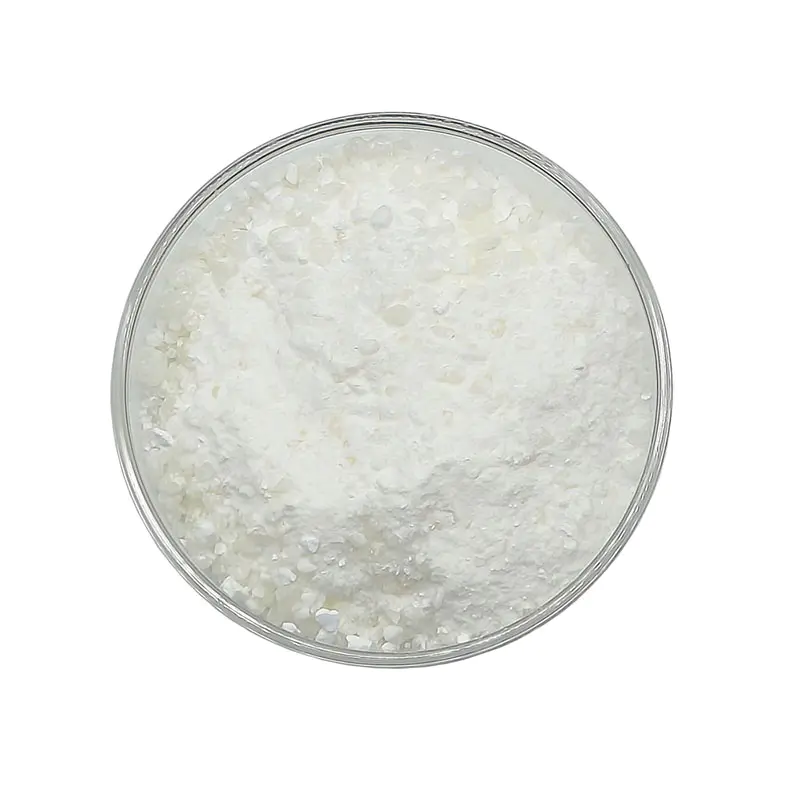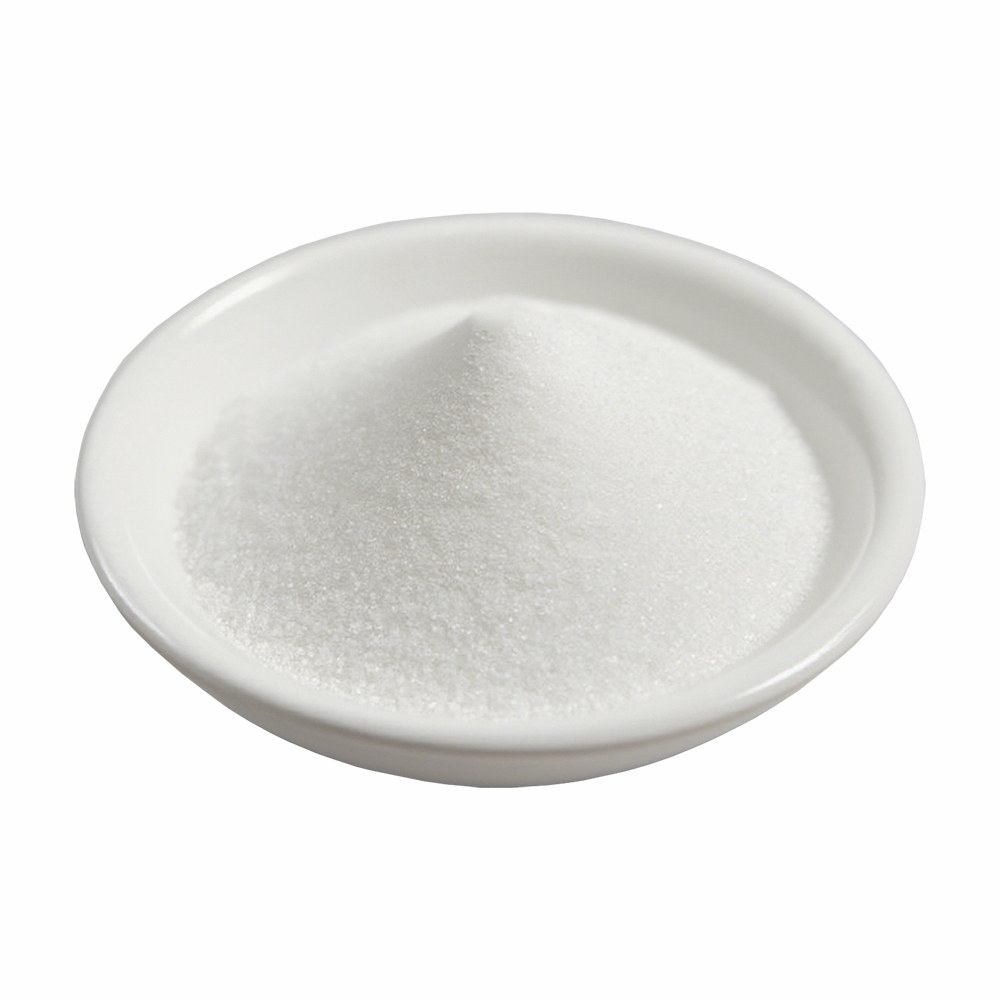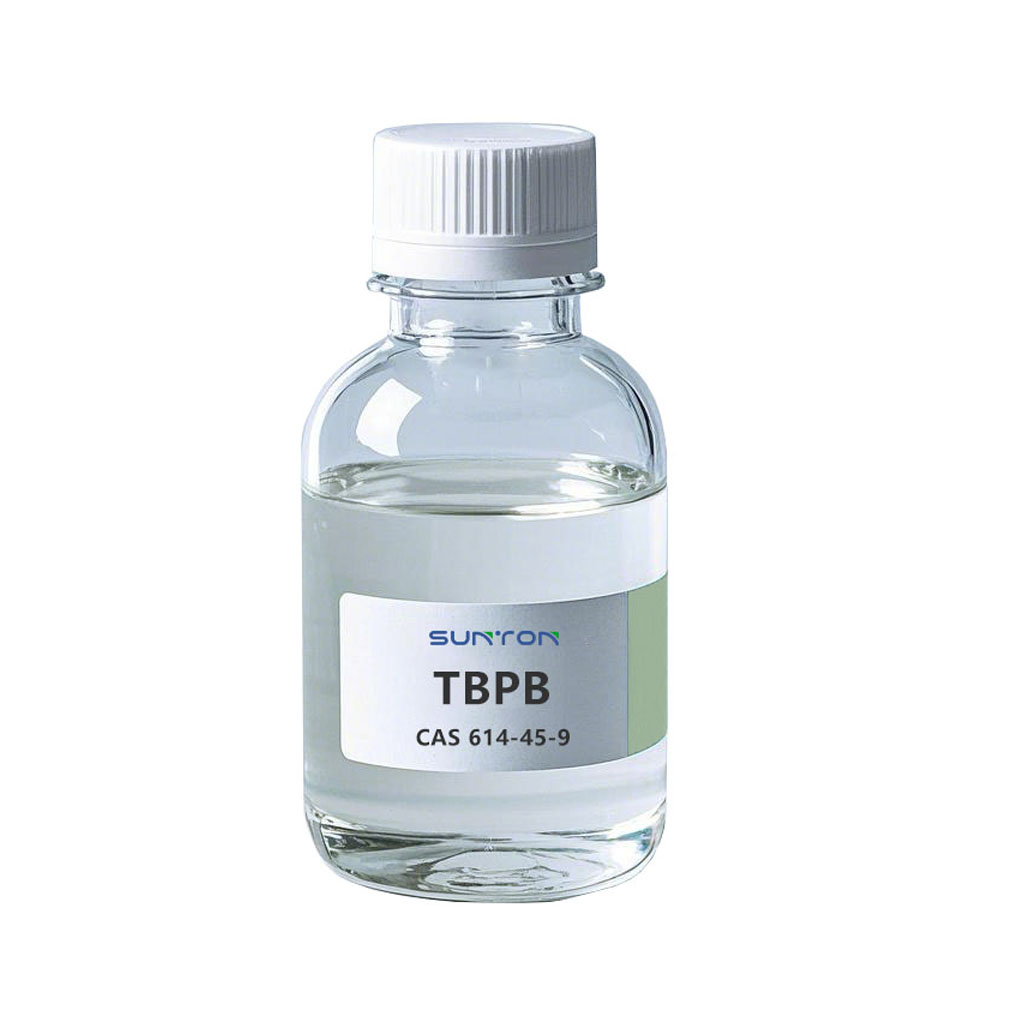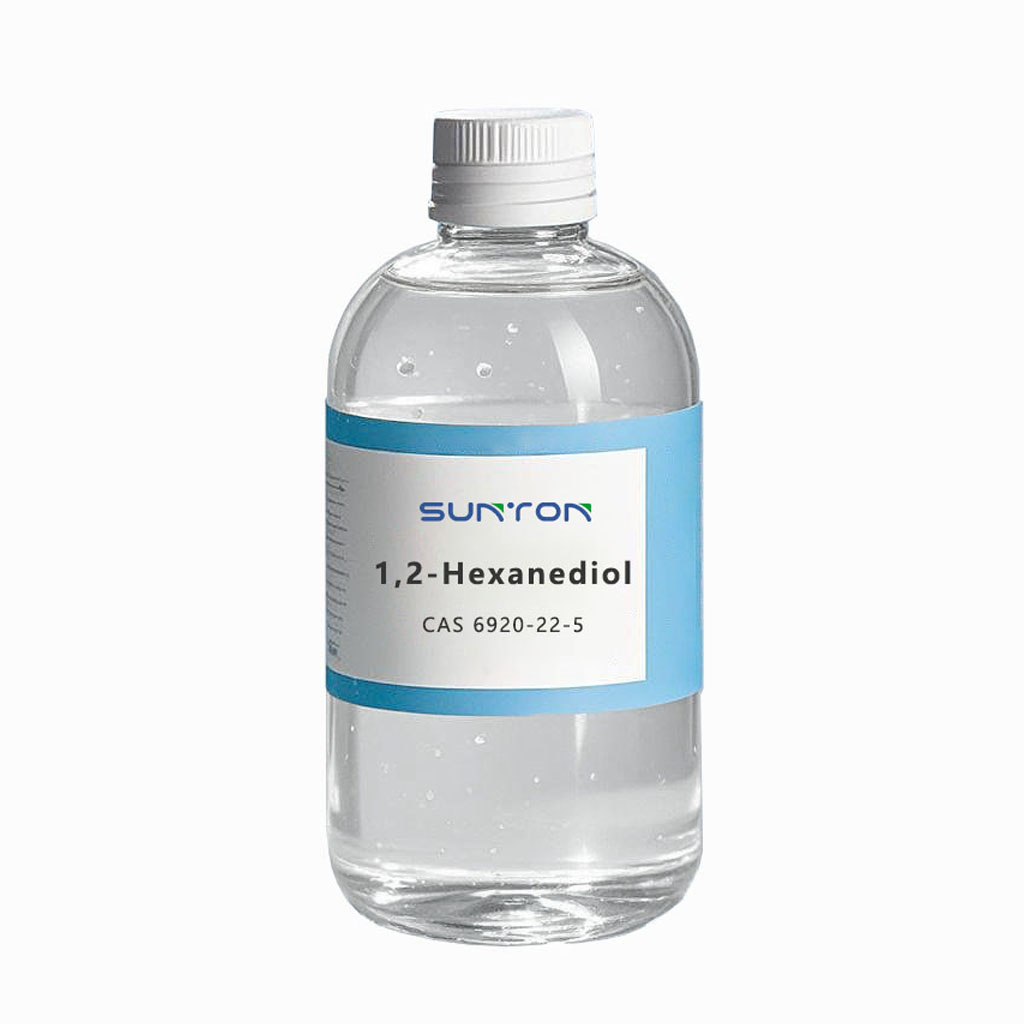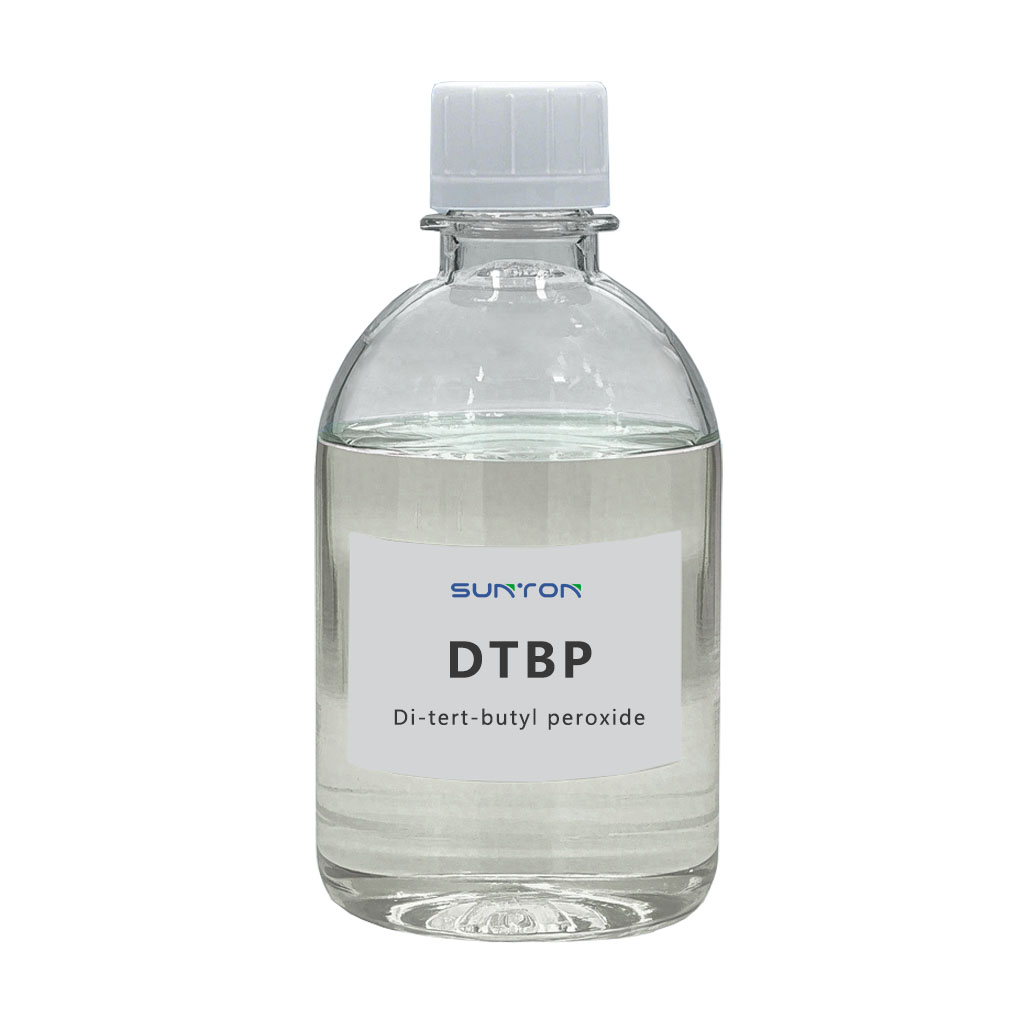Search By Posts
Product Category
Industry News
 By Admin
By Admin
What Are Daily Chemical Ingredients and How Do They Work?
Daily Chemical ingredients are carefully formulated to balance effectiveness with safety, creating products that clean, protect, and enhance our daily lives.
The term Daily Chemical refers to the broad category of chemical products and ingredients used routinely in personal care, cosmetics, and household cleaning. These components are the unsung heroes behind the functionality, safety, and sensory appeal of items we use every day, from moisturizers and shampoos to liquid detergents. Understanding these ingredients empowers consumers to make informed choices and highlights the innovation driving the industry towards safer and more sustainable solutions.
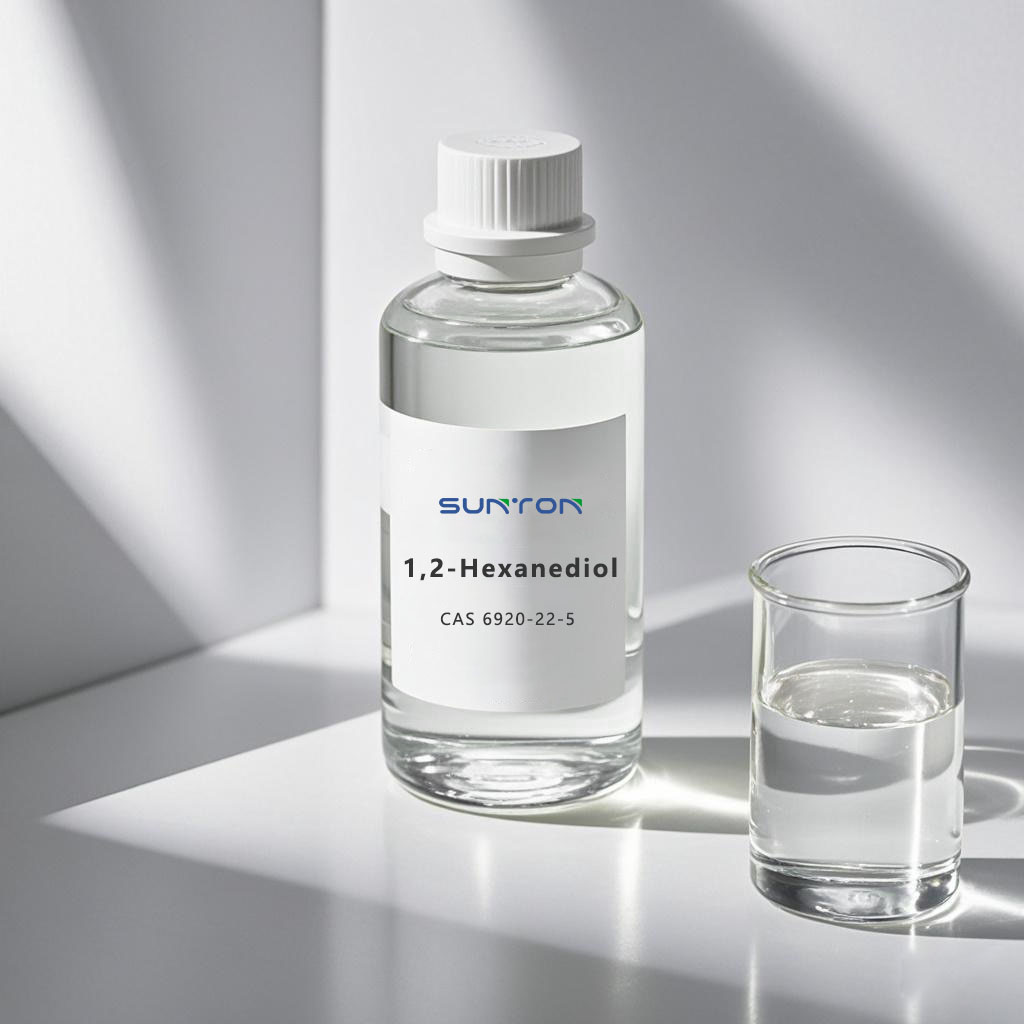
Defining the Scope: What Are Daily Chemical Products?
Daily chemical products encompass a wide range of items designed for daily personal hygiene, beauty, and home care. These products are complex formulations where each ingredient serves a specific purpose, such as cleansing, moisturizing, preserving, or enhancing texture. The efficacy and safety of these products are directly tied to the quality and properties of the Daily Chemical ingredients used in their manufacture.
Personal Care
Shampoos, conditioners, body washes, toothpastes, and bar soaps.
Cosmetics
Skin creams, lotions, serums, foundations, and sunscreens.
Household Cleaners
Laundry detergents, dishwashing liquids, surface cleaners, and fabric softeners.
What Are the Common Ingredients in Daily Chemical Products?
When examining what are the common ingredients in daily chemical products, it's clear that formulations are blends of active and functional components. Common ingredients include surfactants for cleaning, emollients for softening, humectants for hydration, and preservatives to maintain shelf life. For instance, 1,2-Hexanediol is a multi-functional ingredient frequently found in skincare products for its moisturizing and mild preservative-boosting properties.
- Surfactants: Sodium Lauryl Sulfate (SLS), Cocamidopropyl Betaine – for foaming and cleansing.
- Moisturizers: Glycerin, Pentylene Glycol – to attract and retain moisture in the skin.
- Emollients: Various oils and silicones – to soften and smooth the skin and hair.
- Functional Additives: Ingredients like Caprylhydroxamic Acid act as gentle, multifunctional preservatives and conditioning agents.
The Science of Safety and Preservation
Safety is paramount in the daily chemical industry. Ingredients undergo rigorous testing to ensure they are non-irritating and safe for long-term use. A key aspect of safety is preservation, which prevents the growth of harmful bacteria and mold in products, especially in water-based formulations.
How to Choose Safe Preservatives for Daily Chemical Formulas
Selecting the right preservative system is a critical decision for formulators. The question of how to choose safe preservatives for daily chemical formulas involves balancing efficacy, consumer safety, and regulatory compliance. The trend is moving away from traditional, potentially controversial preservatives like parabens towards broader-spectrum, gentler options.
- Broad-Spectrum Efficacy: The preservative must be effective against both bacteria and fungi.
- pH Compatibility: It must remain effective within the product's pH range.
- Consumer Safety: Data on skin sensitization and irritation potential is crucial.
- Global Regulations: The ingredient must be approved for use in key markets (e.g., EU, USA, China).
The following table compares common preservative types:
| Preservative Type | Key Characteristics | Example Ingredients |
|---|---|---|
| Parabens | Effective at low concentrations, broad-spectrum; facing consumer scrutiny. | Methylparaben, Propylparaben |
| Organic Acids | Often perceived as gentler, pH-dependent, frequently used in blends. | Caprylhydroxamic Acid, Benzoic Acid |
| Multifunctional Aids | Ingredients that boost preservation while serving other functions (e.g., moisturizing). | 1,2-Hexanediol, Pentylene Glycol |
Driving Trends: The Shift Towards Green Formulations
The daily chemical industry is undergoing a significant transformation, driven by consumer demand for transparency and sustainability. This has accelerated the adoption of green chemistry principles and the development of bio-based and environmentally friendly ingredients.
What Is the Trend in Green Daily Chemicals?
Understanding what is the trend in green daily chemicals is essential for modern brands. This trend is not just about natural origins; it encompasses the entire lifecycle of an ingredient, including its biodegradability, environmental impact, and the sustainability of its production process. The industry is seeing a push for ingredients derived from renewable resources, such as plant-based surfactants and upcycled raw materials, which reduce reliance on petrochemicals.
- Bio-based Ingredients: Utilizing sugars, starches, and plant oils as feedstocks.
- Green Chemistry: Adopting manufacturing processes that minimize waste and hazardous by-products.
- Water Conservation: Developing effective products that require less water for use (e.g., waterless shampoos) or are concentrated to reduce shipping weight.
The Role of Specialty Ingredients in Product Performance
Beyond basic cleansing and preservation, specialty ingredients are what differentiate a product in the market. These components provide enhanced benefits, such as superior moisturization, unique textures, or specific sensory cues during application.
Benefits of Using 1,2-Hexanediol in Skin Care
The benefits of using 1,2-hexanediol in skin care are a perfect example of this trend. This ingredient is valued for its versatility. It acts as a humectant, drawing moisture to the skin, and also as a mild co-preservative, allowing for lower concentrations of primary preservatives. Its excellent solvent properties also improve the solubility of other ingredients in a formula, enhancing the overall stability and clarity of the final product.
- Enhanced Moisturization: Functions as a humectant to improve skin hydration.
- Synergistic Preservation: Boosts the efficacy of other preservatives, enabling milder formulations.
- Formula Stability: Improves solubility and compatibility between different ingredients.
Sourcing and Quality in the Global Market
In an interconnected global economy, the reliability of the supply chain for daily chemical ingredients is crucial. Manufacturers and brands seek suppliers who can guarantee not only consistent quality but also adherence to international standards and ethical practices.
How to Find a Reliable Daily Chemical Ingredients Supplier in China
For many global companies, navigating how to find a reliable daily chemical ingredients supplier in China is a key part of their sourcing strategy. A reliable partner should offer more than just a product catalog; they should provide a foundation of technical expertise, regulatory knowledge, and consistent quality.
- Technical Capabilities: Look for suppliers with strong R&D teams and the ability to provide technical data and formulation support.
- Quality Certifications: Ensure the supplier operates facilities with relevant certifications (e.g., ISO, GMP) to guarantee product purity and consistency.
- Regulatory Compliance: A good supplier stays updated on global regulatory changes, ensuring their ingredients are compliant for your target markets.
- Supply Chain Resilience: Multiple production bases or a robust logistics network can mitigate risks of supply disruption.
Frequently Asked Questions
Are "daily chemical" ingredients safe for sensitive skin?
Yes, many daily chemical ingredients are safe for sensitive skin, but selection is key. Formulators often choose ingredients known for their mildness and low irritation potential. For example, humectants like Pentylene Glycol and certain mild preservatives are commonly used in sensitive skin formulations. It's always recommended to patch-test new products and look for formulations that are fragrance-free and designed for sensitive skin.
What is the difference between a surfactant and an emollient in daily chemicals?
Surfactants and emollients serve fundamentally different purposes. Surfactants are surface-active agents that lower the surface tension between liquids and solids, which allows them to cleanse by trapping oil and dirt so they can be rinsed away with water. Emollients, on the other hand, are oils and lipids that work by filling the spaces between skin cells, creating a smooth, soft surface. While surfactants clean, emollients condition and moisturize.
How can I identify truly "green" daily chemical products?
Identifying truly green products requires looking beyond marketing claims. Check the ingredient list for bio-based or naturally derived components. Look for certifications from independent, recognized organizations (e.g., Ecocert, USDA Bio-based) that verify a product's natural or organic content and sustainable manufacturing practices. Research the brand's commitment to sustainability, including their packaging and corporate policies, to ensure their values align with green principles.
Why are multifunctional ingredients becoming more popular in formulations?
Multifunctional ingredients are highly valued because they simplify formulations and can improve their overall profile. An ingredient that provides moisturization while also boosting preservation (like 1,2-Hexanediol) allows for a shorter, cleaner ingredient list, which is increasingly demanded by consumers. This approach can also enhance a product's sensory feel, stability, and efficacy, making it a win-win for both formulators and end-users.
Conclusion
The world of Daily Chemical ingredients is complex and dynamic, driven by a continuous pursuit of safety, performance, and sustainability. From the gentle cleansers in your shampoo to the advanced preservatives that keep your skincare safe, these components are the result of extensive research and innovation. As the industry evolves, the focus on green chemistry, multifunctional ingredients, and resilient supply chains will continue to shape the products that become part of our daily lives, helping us to look, feel, and live better.


 English
English 中文简体
中文简体
